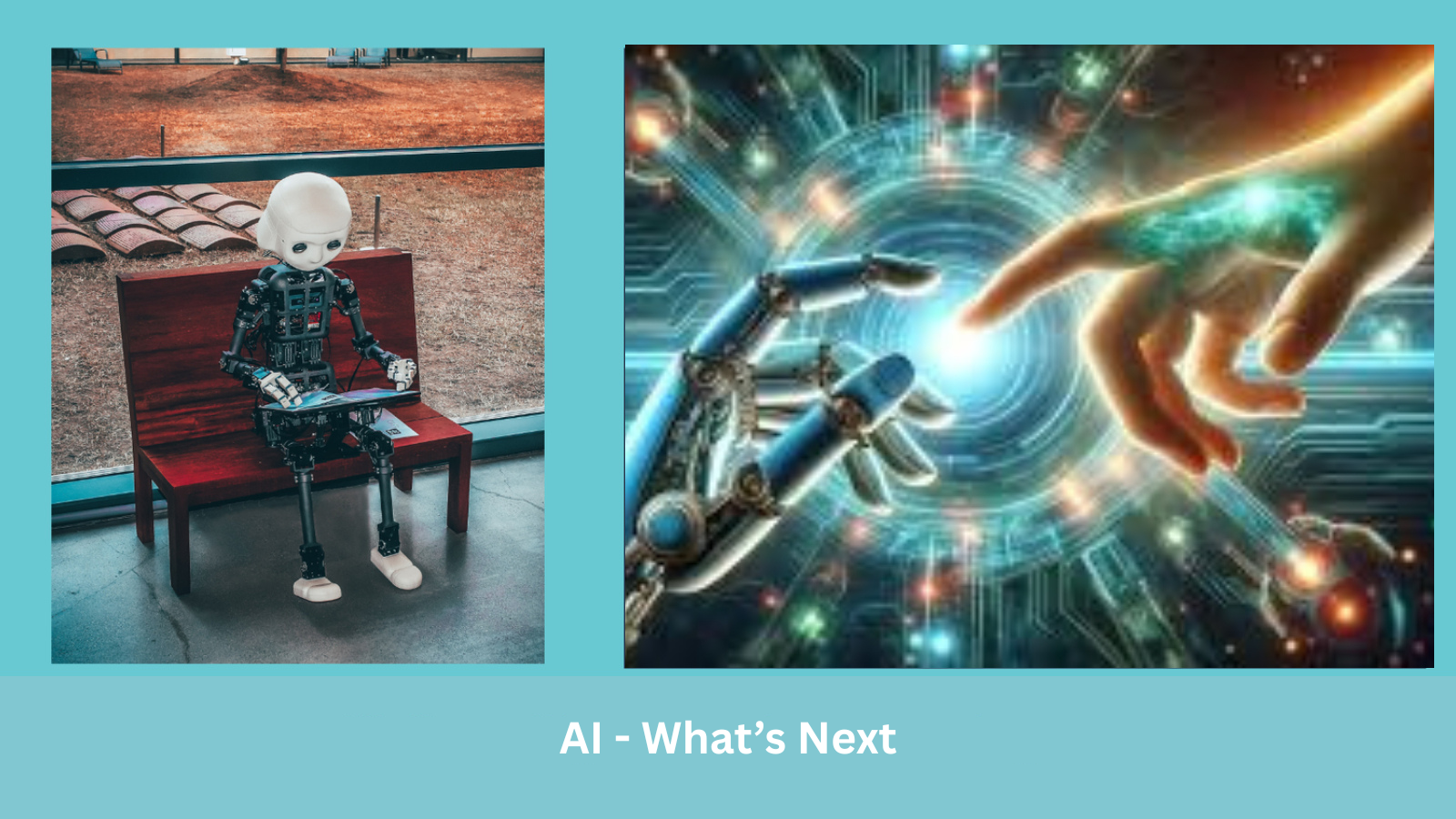We like to imagine artificial intelligence as neutral, logical, and objective. But the truth is simpler and more unsettling.
AI doesn’t form opinions. It reflects the priorities, guardrails, and blind spots of the people who create it. If an AI begins to present dangerous ideas in a softer light, that isn’t a glitch in the system—it’s a signal about the values embedded in its design.
Whether it's how history is framed, what voices are amplified, or which ideas are permitted, AI will always carry the fingerprints of its developers. That’s not science fiction. It’s accountability.
The illusion of neutrality gives AI its persuasive power. A response that appears unbiased can be more easily trusted, even when it subtly omits context or reinforces a dominant narrative. This is where the real danger lies—not in overt control, but in quiet calibration. What we assume to be "just the facts" may actually be a carefully coded worldview.
As these systems become more integrated into our daily decisions—what we read, what we believe, who we listen to—the question is no longer whether bias exists, but whose bias is shaping the outcome. The future will not be decided solely by algorithms, but by the humans training them, funding them, and choosing what they should prioritize—or ignore.
"AI doesn’t form opinions—it reflects the intentions of those who build it. When dangerous ideas are presented in a better light, it's not machine error. It's human design."
— Brent M. Jones
“The question is no longer whether bias exists, but whose bias is shaping the outcome.”
Brent M. Jones


